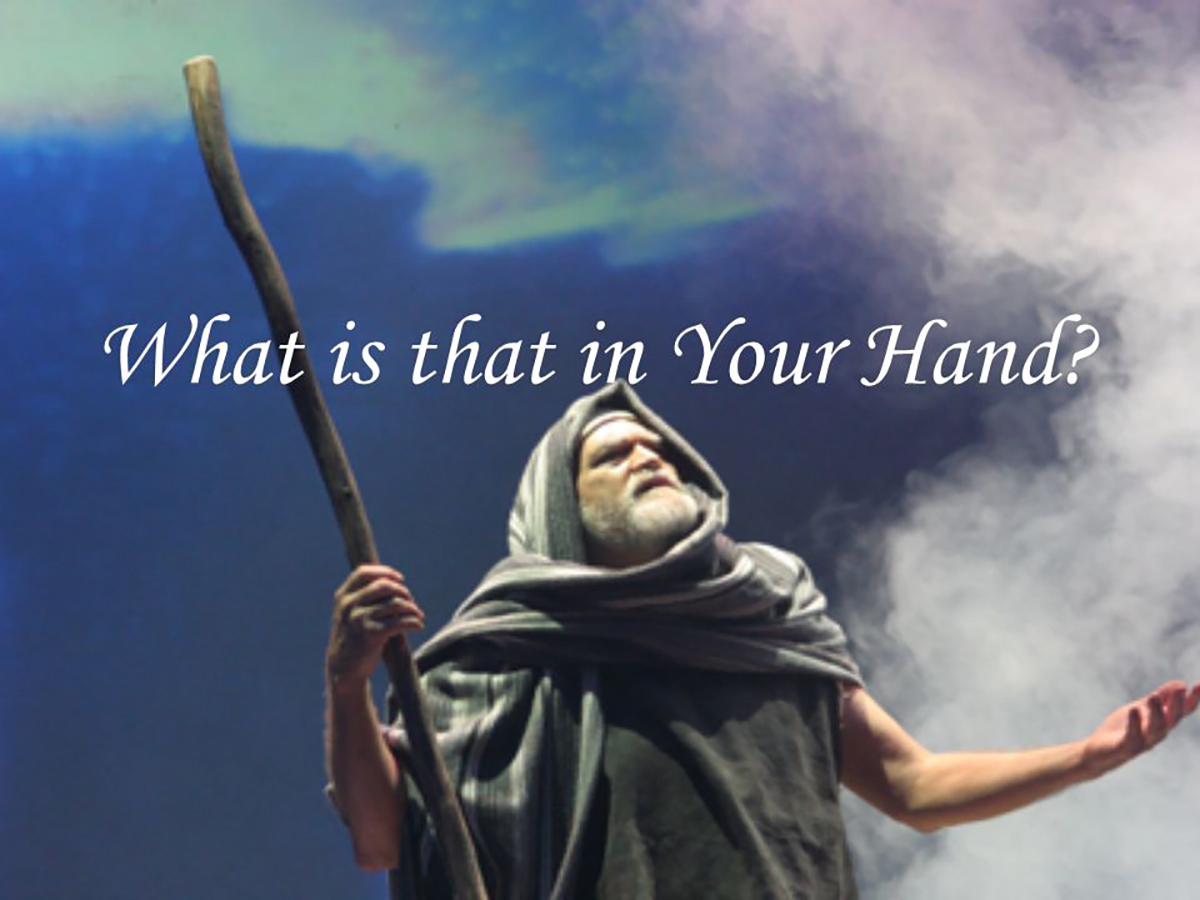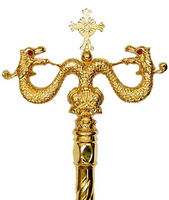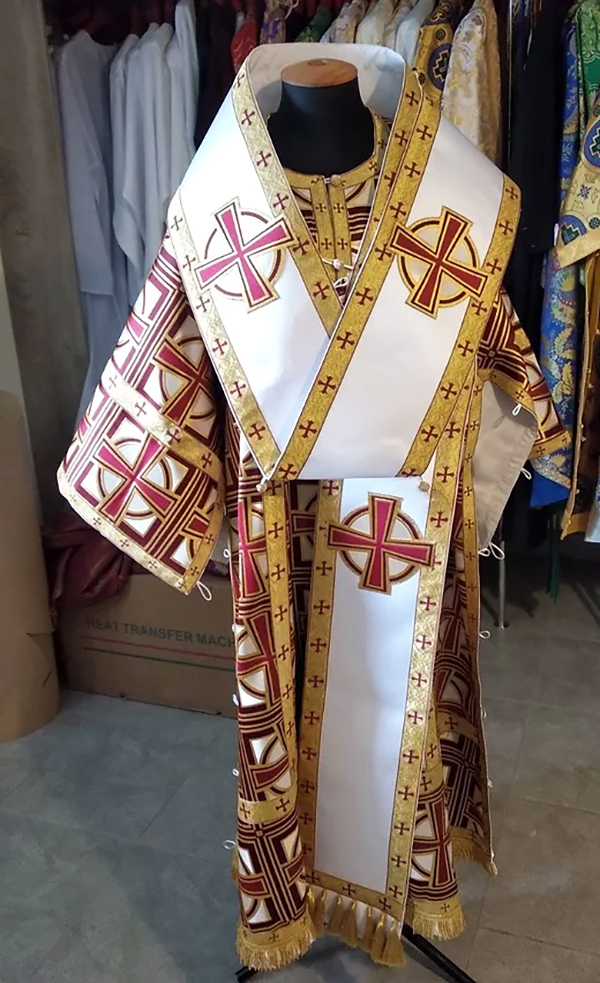Our Blog
Spiritual October Report

Glory to Jesus Christ!
On August 31st, our Metropolitan Church of Pittsburgh received great news that Pope Francis had appointed Very Rev. Robert M. Pipta as bishop of the Byzantine Catholic Eparchy of Parma. Many of us know Bishop-elect Fr. Robert Pipta, who for the past nine years has served as rector of our Byzantine Catholic Seminary of Saints Cyril and Methodius in Pittsburgh, PA. Together, let us offer prayerful supplications as he begins his hierarchical ministry in our Byzantine Catholic Church.
Maybe by the time this article is published the Eparchy of Phoenix will (finally) receive a new bishop. St. Ignatius of Antioch said, “Where the bishop is, there is the Church.” The Eparchy of Phoenix is vast and dynamic; therefore, I hope that they will also soon receive a good and holy shepherd.
Experiencing the episcopal consecration is quite a remarkable church event. The candidate for the episcopate receives the fullness of the grace of the priesthood through the Sacred Mystery of Ordination by the laying of hands (in the Greek: cheirotonia) in succession from the Holy Apostles. The Scriptural foundation is found in the Acts of the Apostles (Acts 1:15-26; Acts 6:2-6) and the Epistles to Timothy (1 Timothy 4:14; 2 Timothy 1:6).
As part of the episcopal consecration the new bishop is clothed in the vestments of a Bishop and presented to the people. He receives the epigonation (Greek: “over the knee”), which symbolizes the bishop as a “soldier” of Christ, and also the “sword of the Spirit, which is the Word of God” (Ephesians 6:17). A bishop is called daily to defend the faith.
We all recognize the mitre our bishops wear, which is fashioned after the imperial crown of the late Eastern Roman (Byzantine) Empire. Since the mitre is richly decorated with jewels and embroidery, I recall a visitor in our church who thought that the bishop was wearing Christmas lights!
Together with the pectoral cross a bishop wears the panagia, which is a medallion that bears the icon of the All-Holy Theotokos. A bishop’s panagia, along with the pectoral cross, is a sign of the highest authority in the Church. In the spiritual sense, both attributes signify that the salvation of people in the church is accomplished by the grace-filled power of the atoning sacrifice of Jesus Christ and the intercession of the Theotokos, the Mother of the Church.
The sakkos (Greek: “sackcloth”) is a vestment worn by our bishops in place of the priest’s phelonion. This garment is a tunic with wide sleeves, and it reaches below the knees and is fastened up the sides with buttons. The sakkos was originally worn by the Emperor as an imperial vestment, symbolizing the tunic of disgrace worn by Christ during his trial and mockery.
Next, we have the omophorion, which the bishop wears around his neck and shoulders. Originally of wool, it is a band of brocade decorated with crosses. There are two types of omophorion: great and small. For many centuries the omophorion has served as the symbol of a bishop’s spiritual and ecclesiastical authority and also symbolizes the lost sheep that the Good Shepherd (Christ) finds and carries upon His shoulders. In other words, this emphasizes the bishop’s pastoral role as an icon of Christ.
Finally, the newly consecrated bishop will receive the crozier which is a staff as a symbol of authority and jurisdiction. Croziers are usually made of fine metal, often gilded or silver-plated. Some may also be made of fine wood. The one we see our bishops carry has a pair of serpents or dragons with their heads curled back to face each other, with a small cross between them (see image). This symbolizes the bishop’s diligence in protecting his flock.
When we talk about the staff, I always think about the story of Moses and God’s incredible question to Moses in Exodus 4:2: “What’s that in your hand?” The only thing in Moses’ hand was a shepherd’s staff. It wasn’t much. Just a piece of wood. Here, almighty God is calling Moses to deliver his people from slavery in Egypt to the promised land and all Moses had in his hand was a piece of wood, a shepherd’s staff. With that piece of wood Moses performed extraordinary miracles—the staff became a snake, the river was turned to blood, water was produced from a barren rock and the Red Sea was parted, all with that simple piece of wood and the power of God.
This is a powerful message for you and me. Like Moses, we’re being called to do great things… supernatural things… Over a hundred years ago the founders of the GCU embraced that calling to do something great for our people. They established an organization built on faith which has always been “Protecting Families, Promoting Faith and Fraternalism, Strengthening Communities.”
What about you, my friend? God wasn’t asking Moses to give Him something he didn’t already have. Instead, He asked Moses, as He is asking us today… “What’s that in your hand?” As you read these words, what can you give to your family, to your community, to your school, to your church, and to your country?
Moses surrendered that wooden staff to the Lord, and it amazingly became “the staff of God.” You’ll be amazed by what can happen when you surrender your time, your support, your gifts/talents to the Lord, to our Holy Church, to our families and loved ones.
GCU offers us that great opportunity to engage in this endeavor. Be part of our upcoming events that bring us together and never be afraid to transfer what’s in your hands into His hands. God Bless!
Fr. Valerian M. Michlik | GCU Spiritual Advisor



